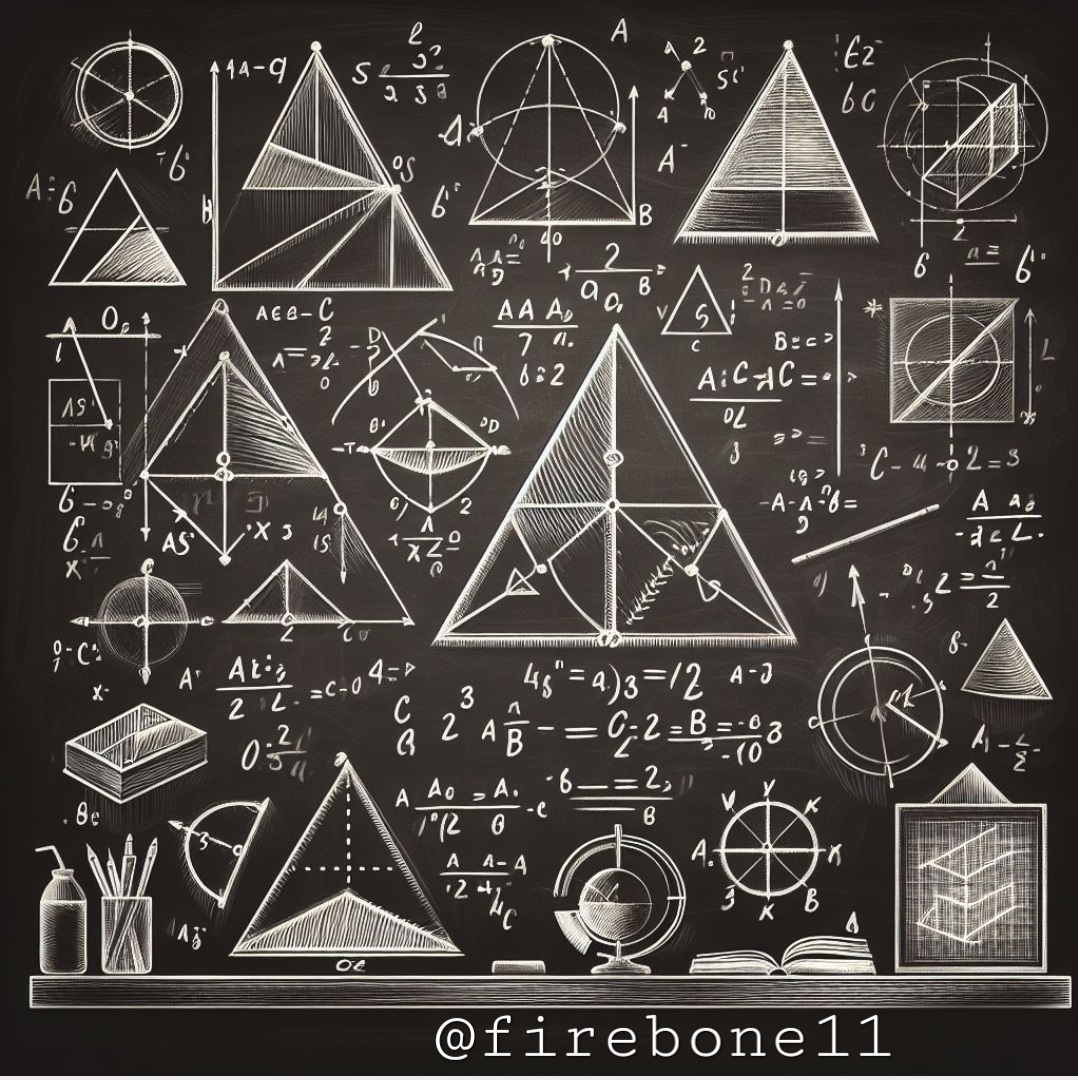
This means that in a right triangle, the square of the length of the hypotenuse is equal to the sum of the squares of the lengths of the other two sides, called legs.
c^2 = a^2 + b^2
Where a and b are the lengths of the legs and c is the length of the hypotenuse.
Euclid's theorem is important because it establishes a fundamental relationship between the sides of a right triangle. This relationship can be used to calculate the length of an unknown side of a right triangle if the lengths of the other two sides are known. It can also be used to check whether a triangle is right angled or not.
This theorem has played an important role in understanding and solving geometric problems for centuries. Due to its simplicity and usefulness, it has been incorporated into various mathematical fields and practical applications. From a more practical point of view, Euclid's theorem provides a valuable tool for calculating distances and solving right triangle problems in geometry.
This has been the basis for the development of other areas of mathematics, such as trigonometric functions, which use trigonometric functions to answer broader questions about angles and distances. The classical proof of Euclidean's theorem involves the use of a square region constructed on the sides of a right triangle.
Although this proof is old, it is an elegant and conceptually valuable proof that emphasizes the relationship between geometry and algebra. In addition to its essential mathematical meaning, Euclid's theorem transcends the confines of the classroom and has applications in a variety of fields, from physics to engineering.
Understanding the properties of right triangles is very important for designing and solving practical problems in these fields. In summary, Euclid's theorem remains the foundation of mathematics, providing a conceptual framework for approaching geometric problems and serving as a basis for later mathematical developments. Its simplicity and applicability make it an essential element in the mathematical toolbox, highlighting the timeless universality of the geometric principles discovered by Euclid.
Bibliography
Euclidean Geometry by Pulido Segura Carmen Leonor, 2019.
Euclid's Theorem by Ricardo Ferrari, 1913.